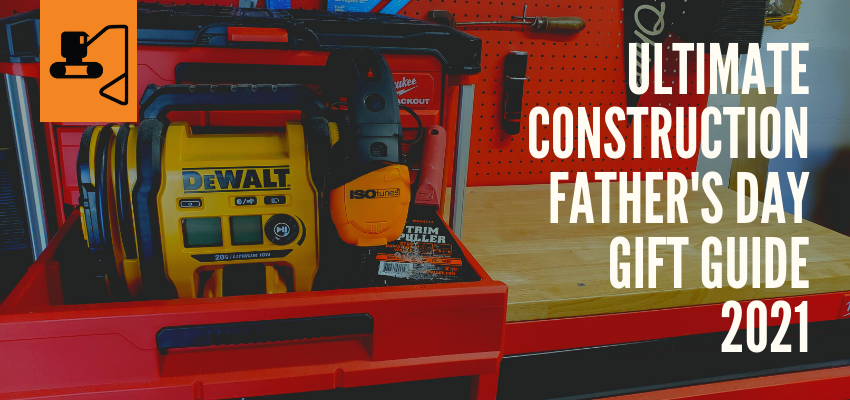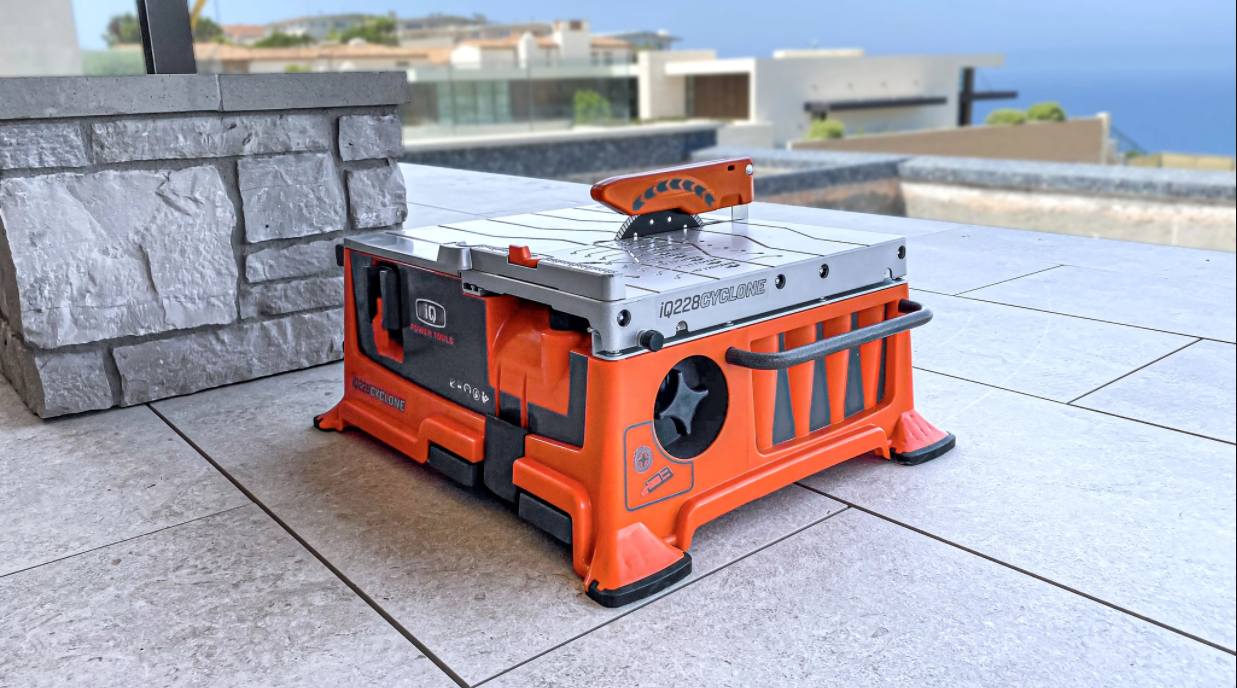After heavily focusing on the mechanical trades for years, Milwaukee Tool has made a concerted effort to attract carpenters and remodelers to their constantly growing M18 battery platform. The tool manufacturer has introduced cordless miter saws and nail guns in recent years. They also announced several more carpentry tools are on their way at their yearly New Product Symposium event in May, including a new D-handle jig saw, a table saw, and an updated 7-¼” circular saw.
The Milwaukee M18 5” Random Orbit Sander (2648-20) is another new carpentry tool, having been released earlier this year. Battery powered sanders may not be for everyone or for every application, but they can really come in handy for many small to medium sized jobs. In many cases, the convenience of dropping a cord can trump the added weight and battery recharge need of cordless tools.
Disclaimer: Milwaukee sent a sample of this sander to me for review, but, as always, I will give my honest opinion of the tool. Any links below may be affiliate links, which earn us a small commission for any sales, but do not affect your cost.
Features/Specs
Pad Size: 5”
OPM (No-Load): 7,000 - 12,000 OPM
Orbit Diameter: 3/32”
Variable Speed Settings: Yes
Pad Type: Hook and Loop (universal)
Weight (w/battery): 4.3lbs
Height: 6”
Included accessories: universal hose adapter, hard plastic dust box with filter, extension to allow the use of a 9.0ah battery
Ergonomics
If this is potentially your first cordless sander, the first thing that you’ll notice versus a traditional corded sander is the increase in weight. That’s not necessarily a big deal if you do a lot of horizontal sanding and the added weight can potentially make your job easier in that scenario. With a 5.0Ah battery and dust box connected, the M18 sander weighs in at 4.3 pounds, whereas the corded DeWalt DWE6423K random orbital sander I also use comes in at just under 3 pounds.
In addition to weight, vibration control is also a huge factor when selecting a sander. Milwaukee has done a great job keeping vibration to a minimum with this tool and I’ve never gotten that vibration-induced hand cramp after using it for an extended time like I have with other sanders.
Like most of the other cordless random orbital sanders on the market, the design is more vertical, as opposed their corded brethren which typically distribute a little more weight horizontally. That type of design isn’t a bad thing, it just could cause a slight adjustment for those used to a different design.
The one issue I have with the sander in the ergonomics category is that I find it very difficult to remove the attachments and adapters. There’s not an easy release latch, so you have to tug on them pretty hard to remove them. That situation only comes into play if you want to switch between the dust box and hose attachment or add/remove the extension to allow the 9.0ah battery to fit.
Overall, I’ve found the M18 sander very comfortable and natural to use.
Value
Priced at $99 for the bare tool (Buy on Ohio Power Tool), it’s priced in line with other contractor-quality brand sanders, like the Makita XOBO1Z and above other brands like Ridgid, Porter Cable, and Ryobi. Compared to corded variable speed sanders, there’s between a $20-40 upcharge, depending on the brand.
Kitted with a 3.0ah battery, charger, and tool bag, the Milwaukee sander retails for $199 (Buy on Ohio Power Tool), which is almost $90 less than Makita’s cordless sander kit, but that one comes with a 5.0ah battery.
If you’re already on the Milwaukee M18 battery platform, then this would be a nice addition to any collection, but It’s hard to evaluate value without first evaluating performance...
Performance
When the release of the sander was announced, Milwaukee touted that it would deliver corded power without the cord. What’s more surprising is that they promised that performance with a non-Fuel tool and a brushed motor. After asking Milwaukee about this design decision, they responded that since they were able to achieve all of the performance specs they desired with a brushed motor, they decided to not upgrade it to keep the price point to a minimum.
In my use, this sander has performed very well for material removal and finish sanding. It’s certainly not designed to compete with fine finish sanders that furniture builders would typically work with, but for the on-the-job contractor and remodeler, this tool can handle nearly all of your needs.
I haven’t had any issues with power or the tool bogging down even with heavy applied pressure. Expected runtime on a 3.0ah battery should be around 35 minutes, but that’s best case scenario and depend on the material and speed setting.
The variable speed controls are smooth and well placed, making it easy to adjust the speed as needed. The on-off switch is also in a comfortable location and feels very stout. I really appreciate the more mechanical-type switches on these types of tools, as opposed to the lighter duty button toggle switches.
I’ve exclusively used the dust box for dust control, as opposed to using the hose adapter to hook it up to a vacuum. The box does a pretty good job of collecting the dust, but obviously a stagnant dust box or bag won’t be able to collect all of the dust. I did have an issue with my first dust box, as the top kept popping off when the box would get close to full or after a longer sanding stint, sending unwanted dust everywhere. Milwaukee ended up replacing that for me and I haven’t had any issues so far with the newer dust box.
Overall, I’ve found the Milwaukee M18 5” Random Orbit Sander (2648-20) to be a very comfortable, high performing, cordless sander that is capable of handling most tasks of jobsite tradesmen and remodelers. After evaluating ergonomics, value, and performance, this sander deserves a spot at the top of the list for tools in its class.












Last summer, Hilti announced that they had developed their first exoskeleton designed for construction tradespeople in a partnership with Ottobuck, a prosthetics, orthotics, and exoskeleton provider. Earlier this month, Hilti officially released the exoskeleton, announced more details, and published its retail price on their website.